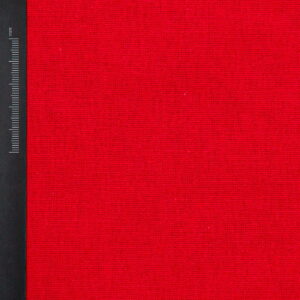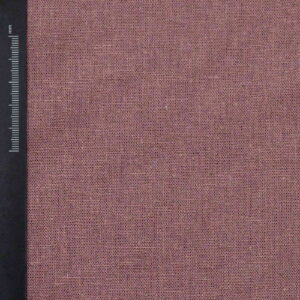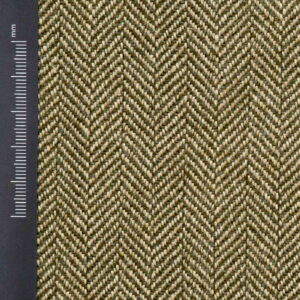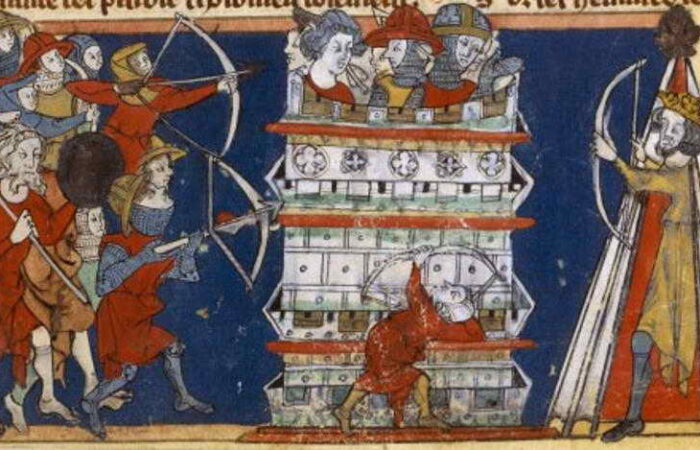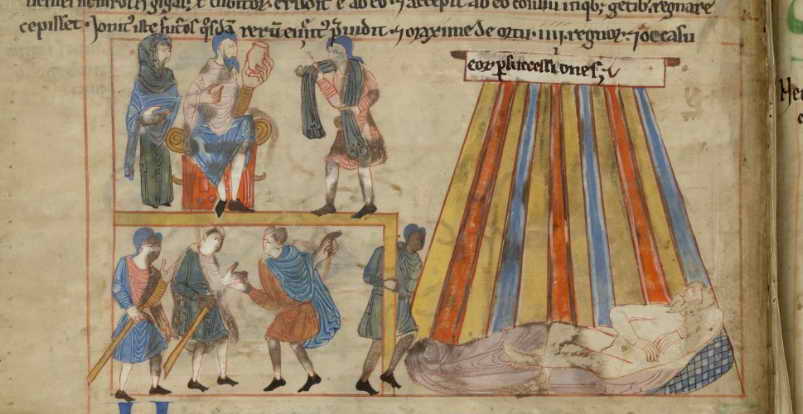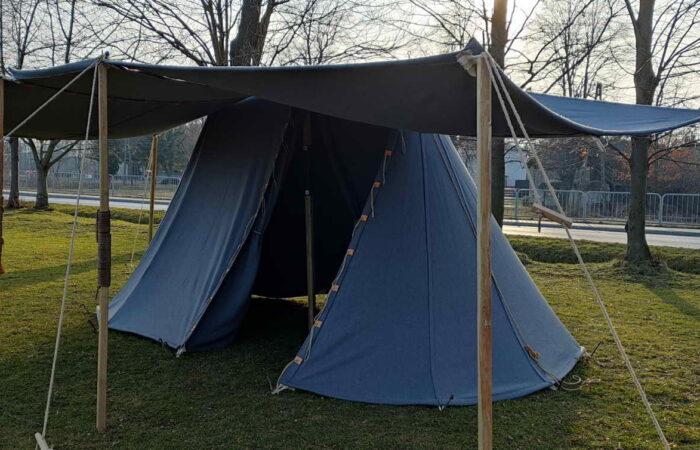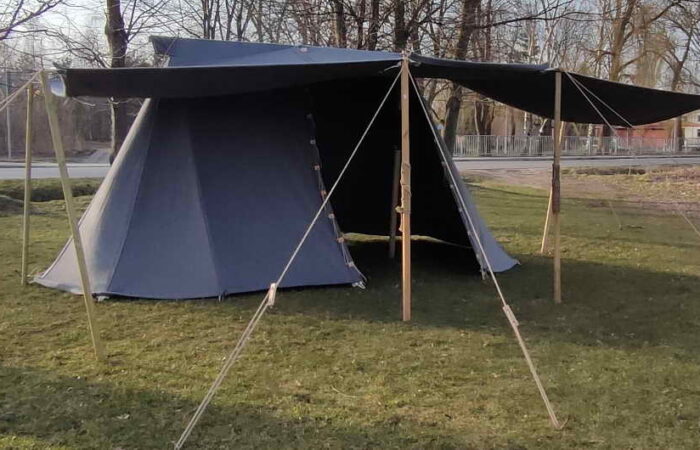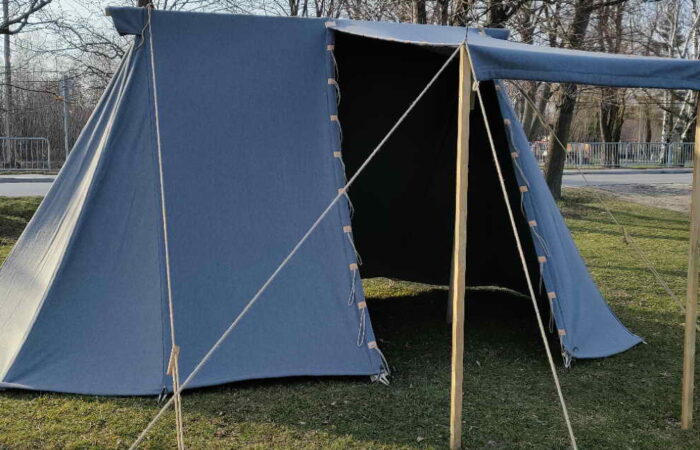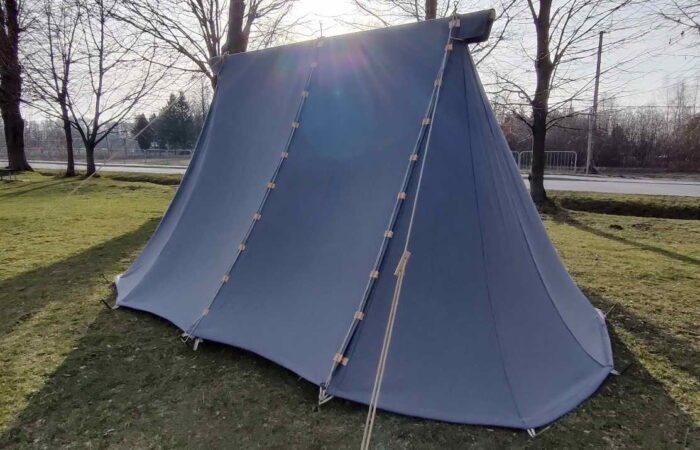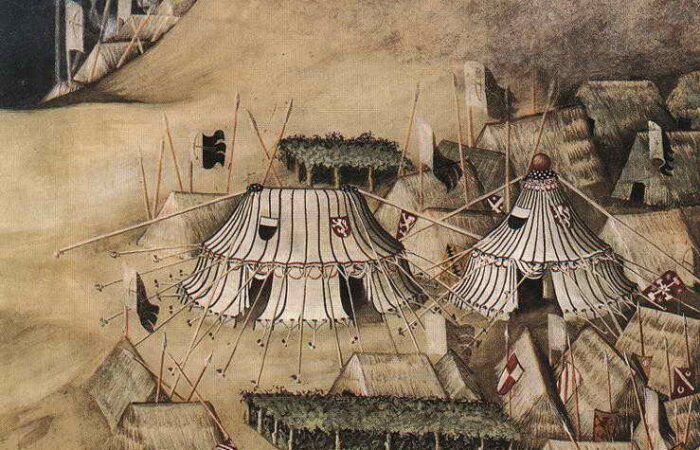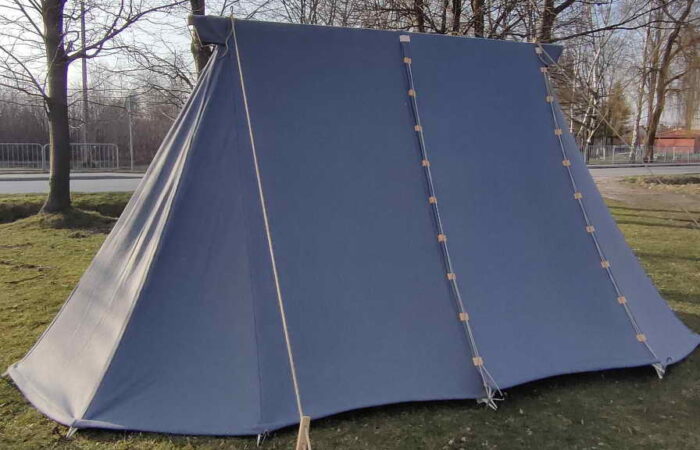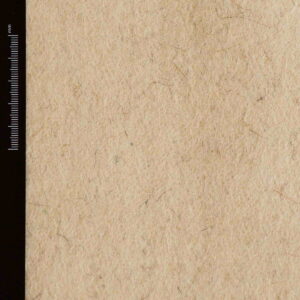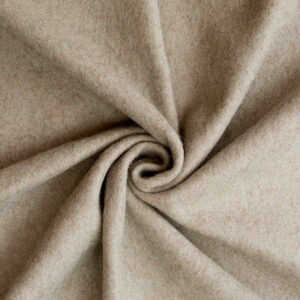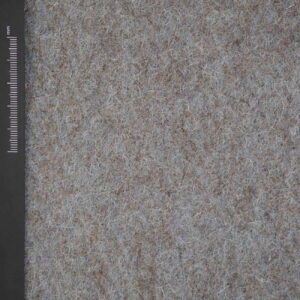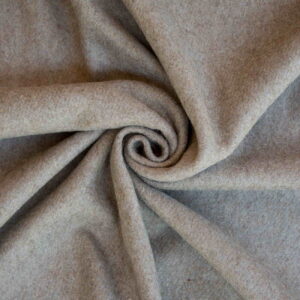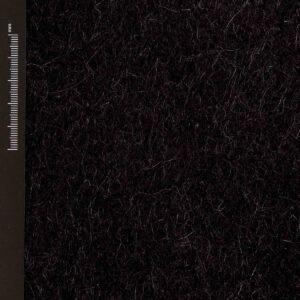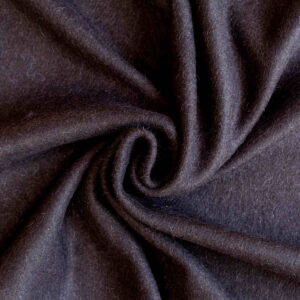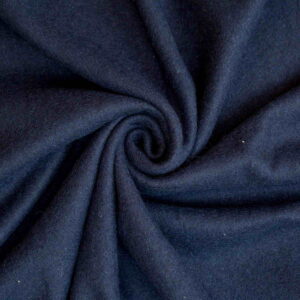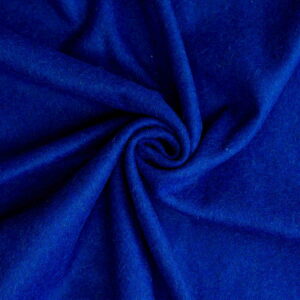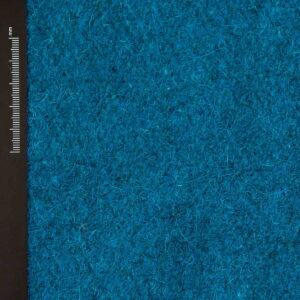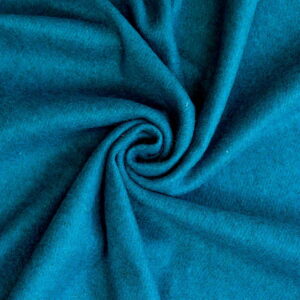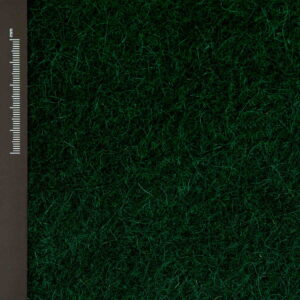Tents are an essential part of historical reconstruction. They have their origins in ancient times, where they replaced makeshift shelters built at campgrounds. Tents were more convenient in that they could be carried along, pitched anywhere, and setting up a tent took much less time than constructing another type of shelter.
What is a tent made of?
A tent is a complex structure consisting of several key elements that work together to create a functional shelter. The most important element of a tent is its covering. This is the main outer layer that protects against weather elements. It is often made from waterproof fabric, typically modern materials like polyester or nylon. However, historically, materials such as leather, wool, felt, impregnated linen, or cotton were used. The covering can have various shapes and sizes depending on the type of tent. It could be a single piece of fabric covering the entire tent or several separate pieces that come together as one structure. The entire covering is placed on the frame.
The tent frame, or framework, provides strength and stability. It can be composed of various elements, including modern materials like aluminum, steel, or fiberglass rods. Historically, it used to be entirely wooden. The frame is set up first, and then the covering is placed over it. The covering is secured to the ground using ropes and pegs, which are metal (or wooden) stakes driven into the ground to hold the tent in place. The pegs are attached to lines or loops that are fastened to the tent covering. These pegs can have different shapes, including conical, hooked, or spiral, to provide better grip on various types of terrain like sand, grass, or clay.
Most popular types of historical tents
It might seem that a tent is just a tent. However, tents also followed trends and evolved. Some were meant to accommodate a group of soldiers, while others served as a knight’s bedroom. Their shapes and sizes varied depending on their intended use.
Roman tents
Roman army tents were divided into three types: contubernium tent, officer’s tent, and command tent. Each of them had the same basic design (square plan, four walls, and a gabled roof), but differed in size. The contubernium tent was meant for a group of eight soldiers forming a unit called contubernium and served as their shelter during military campaigns. The contubernium tent had sides of about 3 meters in length and a height of around 1.5 meters. It was based on two parallel beams (stipites) supporting the roof and floor. The officer’s tent had the same side dimensions but reached a height of 2.4 meters, while command tents could be up to 3.6 meters long with a similar height. The covering of Roman tents was likely made from goat hides, as suggested by archaeological findings and iconography. This tent had a single entrance.
Tents of cone shape
As the name suggests, these tents have a conical shape. Built on a circular base with a central pole. The conical covering was typically made from fabrics such as wool or linen. Fabrics could be solid colors or adorned with crests, family symbols, or other designs, allowing for the identification of specific military units. The conical covering was attached to the frame and secured with pegs and ropes to the ground. The conical tent had a single entrance, positioned anywhere along the perimeter.
Geteld, Norman, or Saxon tents
The Geteld tent is mentioned in Frankish and English sources. Interestingly, the Old English word “geteld” simply meant a tent. The Geteld tent was commonly used in the early and high Middle Ages, and its presence in illuminated manuscripts attests to its recognition and popularity. It was first mentioned in the Utrecht Psalter (around 830 AD). It’s important to note that the Geteld tent had a distinctive “A” shape when set up, which added stability and ease of assembly. Its versatility made it suitable for both knights and foot soldiers. A similar tent to the Geteld is known as the Saxon or Norman tent. It has an identical structure, but the side absides are slightly larger. They often have entrances placed along the longer side, usually with the option to create a canopy.
For the Vikings – Oseberg tent
The Oseberg-style tent is based on a frame consisting of two triangles connected by three crossbars. The design of the tent is inspired by a discovery in Oseberg, Norway. This tent consisted of long planks forming the tent’s skeleton. One at the top and two at the base, connected by triangular inserts on the shorter sides of the tent. Thanks to this design, the tent could be set up on various terrains without the need for pegs, even when set up by a single person.
Pavilions
Medieval pavilions were large, ornate tents mainly used by the nobility during the Middle Ages. They often had a sturdy wooden frame and a wheel-like structure. Covered with luxurious materials, frequently adorned with decoration. Pavilions were designed to be spacious and luxurious, with multiple compartments for different purposes. They were often decorated with intricate designs, including elaborate embroidery, tapestries, silk, and heraldic symbols representing noble family crests. The size of medieval pavilions varied, but they were generally larger than ordinary tents. They provided the nobility with a comfortable and private space for rest and entertaining guests during travels or special events such as tournaments.
Tent coverings – changing over time and space
Historical tents featured various types of coverings that reflected different eras and cultures. Leather coverings were commonly used in historical tents, especially by steppe and nomadic peoples. Leather provided good protection against wind, rain, and sun. Leather coverings were also relatively easy to transport, which was important for people who frequently needed to move.
In older historical tents, wool was also frequently used as a covering material. Wool was favored for its insulating properties and durability. Wool coverings helped retain heat inside the tent, which was particularly important in colder regions.
During the medieval and Renaissance periods, linen or hemp fabrics were commonly used as tent coverings. These materials were accessible and relatively inexpensive. Linen and hemp were also lightweight and had good breathability, contributing to a comfortable environment inside the tent. With advancements in spinning technology, cotton became a popular material for tent coverings in the 19th and 20th centuries. Cotton is lightweight, easy to maintain, and durable. This versatility has kept cotton coverings popular to this day, especially in camping tents.
Lastly, it’s worth noting that different cultures and regions had their own unique styles and techniques for producing tent coverings. This means that depending on the time and place, as well as material availability and preferences, historical tent coverings could vary significantly.
Wool for tents
Pros and cons of wool coverings
Wool can be one of the materials used for tent coverings, but certain factors should be considered.
- Wool has excellent insulation properties, which means it can help retain heat inside the tent and protect against cold.
- Additionally, wool may be more resistant to leakage than some other materials, which can be beneficial in adverse weather conditions, while maintaining good breathability, preventing moisture buildup inside the tent.
However, it’s important to note that wool can be heavy and take up more space than other tent covering materials. Moreover, wool can be prone to mold and decay in humid environments, so proper protection and care are essential for wool tents. Applying an appropriate waterproofing treatment can eliminate this risk
The text was created in collaboration with Michał Ingvár Bogaczewicz, who is the owner of Emporium Tents – Historical Tents. Michał is not only an entrepreneur but also a history enthusiast and a craftsman with exceptional sewing skills. His tents are a significant element of historical reconstruction events, themed festivals, and other cultural gatherings, reviving the spirit of bygone eras. Thanks to the diligence, precision, and passion he puts into every detail, the tents created by him not only fulfill historical requirements but also capture attention and elicit admiration from participants and observers. His works reflect a care for authenticity and a dedication to paying homage to the spirit of times gone by.



